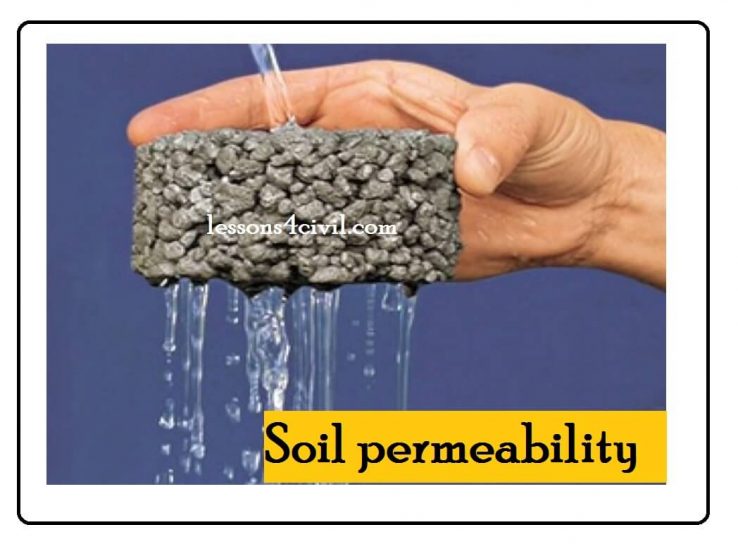Soil Permeability
All porous materials allow water and other fluids to pass through the voids between particles. This feature is called permeability, and the material is permeable substance. Sand and gravels are good examples of permeable soils, while clay has a very low permeability. in some cases, such as drainage systems, soil permeability can be used in the favour of the construction projects. on the other hand, it might also cause problematic issues for hydraulic structure such as dams.
Why is soil permeability important for construction projects?
Several reasons can be mentioned for the high importance of soil permeability. First, it plays an important role in the settlement of a saturated layer. Second, permeability and water seepage must be controlled in dam structures and slopes to avoid their collapse. Excessive uplift pressure, caused by water flow, might cause problematic issues such as soil piping. Moreover, the presence and flow of water change the strength characteristics of soil.
what are the influencing factors on soil permeability?
Grain size and properties of the fluid are probably the most important factors on permeability of soils. In a well-graded soil there are less void space. As a result soil is denser and its permeability is lower.
Related topics : Darcy’s Law (1856) of Permeability, Capillarity-Permeability Test,



Comments